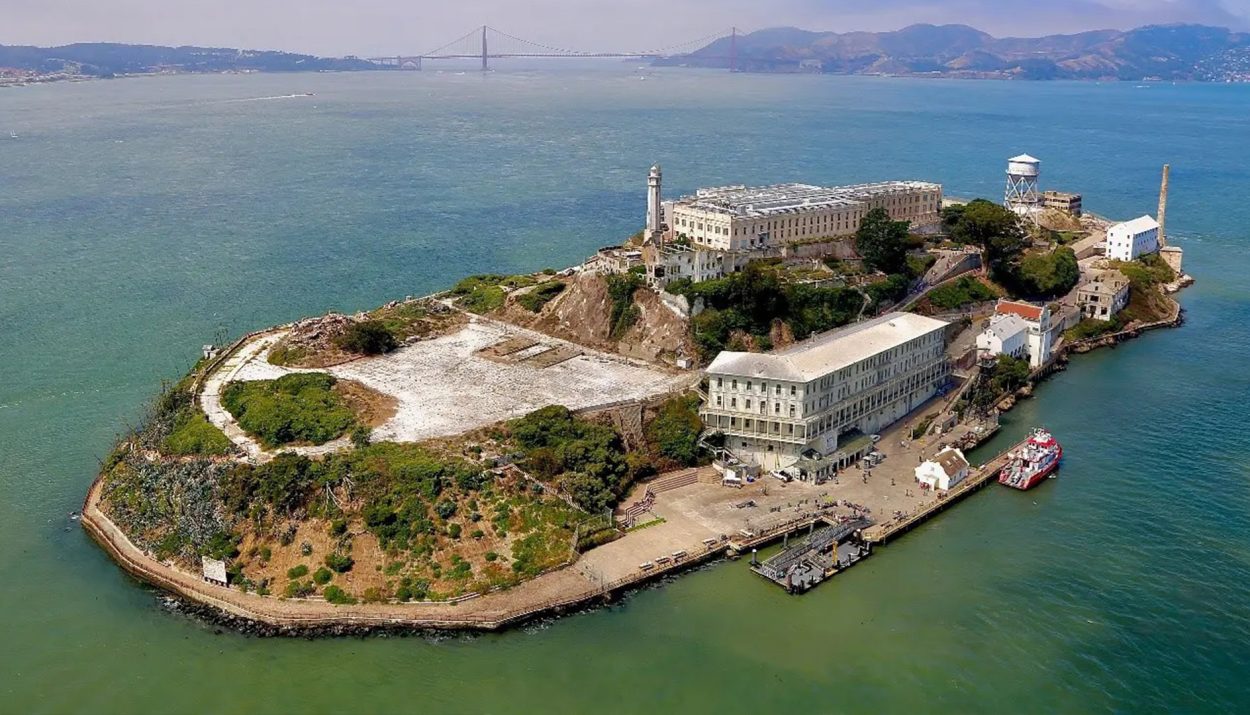Alcatraz has a reputation for being one of the most notorious prisons in the United States. Located on a desolate rock in the middle of San Francisco Bay, surrounded by frigid, fast-moving, shark-infested water, Alcatraz was where the worst of the worst were sent.
The history of Alcatraz, however, extends further back in time than the 1930s when the federal penitentiary was built. Recently, a team of archaeologists from Binghamton University used cutting-edge technology to peer beneath the former jail yard. To understand what they found, we need to look into the history of Alcatraz – before, during, and after it was used as a prison.
“Island of the Pelicans”
Spanish explorer Juan Manuel de Ayala stumbled upon the rocky island in San Francisco Bay in 1775. He called the place “La Isla de los Alcatraces” which translated to “Island of the Pelicans.” The name was Anglicized to Alcatraz Island.

The island is roughly 22 acres in size. It is clearly visible from San Francisco and its famous hills. Alcatraz is distinguishable by its two peaks, rising 135 feet and 138 feet above sea level.
The Ideal Spot for a Lighthouse
Pio Pico, then the governor of Alta California, deeded Alcatraz Island to a local rancher, Julian Workman in 1846. As a condition of agreement, Workman was supposed to erect a lighthouse on the island. It is, after all, an ideal spot for a lighthouse.

Workman, however, never built the intended lighthouse. He barely owned the island for a year when John C. Fremont, explorer, military leader, and one of California’s early politicians, purchased it from Workman for $5000.
California Is Acquired by the United States
In 1848, the United States acquired the California territory. At that time, President Millard Fillmore transferred ownership of Alcatraz Island to the United States military for use as a military base, even though it had been purchased by Fremont.

Fremont assumed that the U.S. military would compensate him for the seizure of his land. The government, however, ruled that the sale of the land to Fremont was invalid and therefore, he was not entitled to compensation. Fremont appealed the decision, but lost after a lengthy court battle.
The California Gold Rush
In 1849, gold was discovered at Sutter’s Mill outside San Francisco. Folks flocked to the area in hopes of striking it rich. In just three years, the population of San Francisco boomed from 300 people to 30,000.
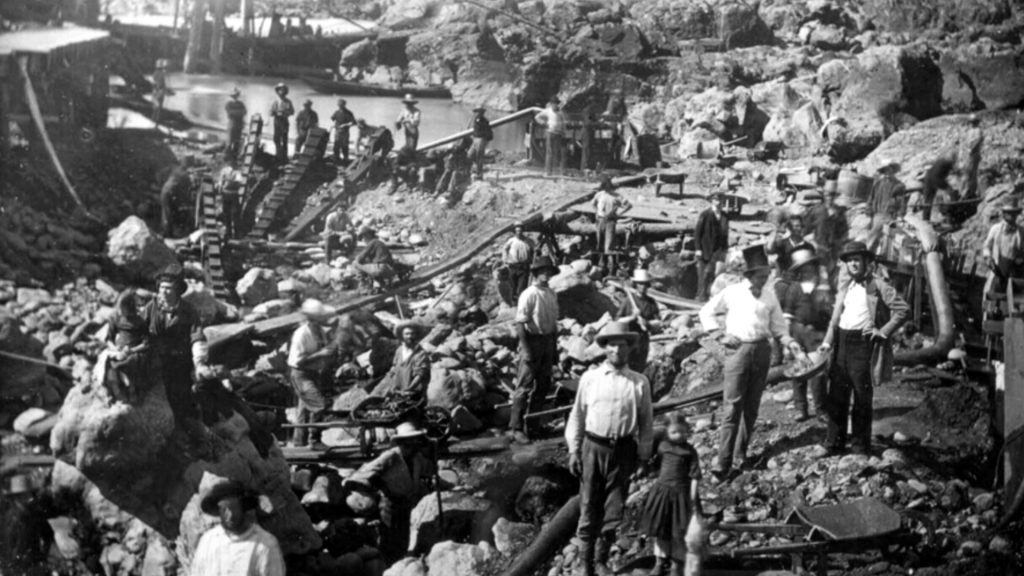
A tremendous construction effort was going on in San Francisco. Taking advantage of the influx of people, the U.S. military commissioned Zealous B. Tower to build a fort on Alcatraz Island in 1853.
Nature Provided a Perfect Location
The Pacific Coast Board of Engineers was sent to Alcatraz Island to assess its worthiness as a military fort. They were thrilled with what they found … an island that came with its own natural fortifications.
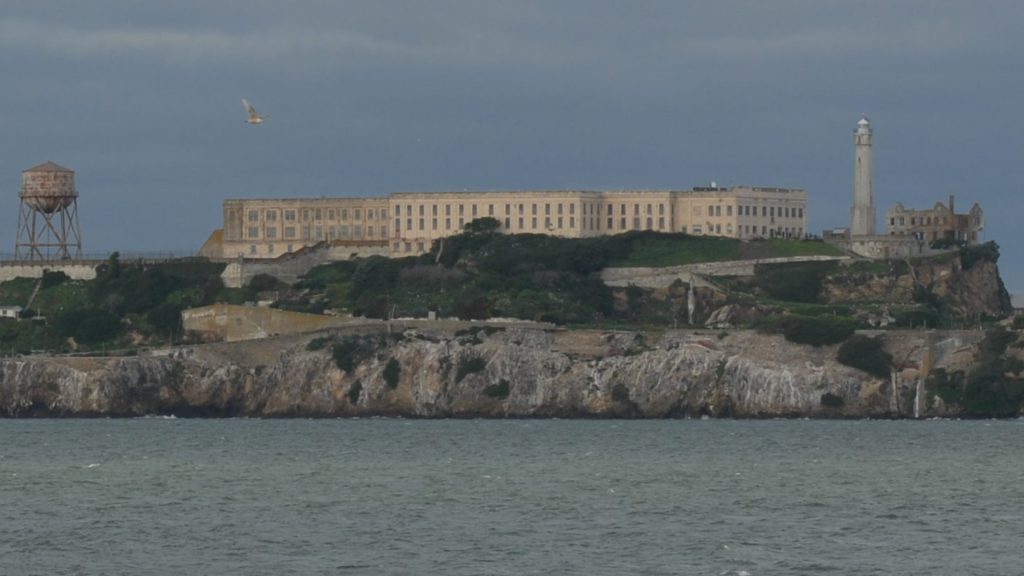
They wrote in their report, “Nature seems to have provided a redoubt for this purpose in the shape of Alcatraz Island. Situated abreast the entrance directly in the middle of the inner harbor, it covers with its fire the whole of the interior space lying between Angel Island to the north, San Francisco to the south and the outer batteries to the west.”
Enhancing the Natural Features
Capitalizing on the island’s natural features, Tower and his men built a perimeter wall of rocks they found on the island. After that, they positioned cannons around the island. Next, lookout towers were added to the fort.
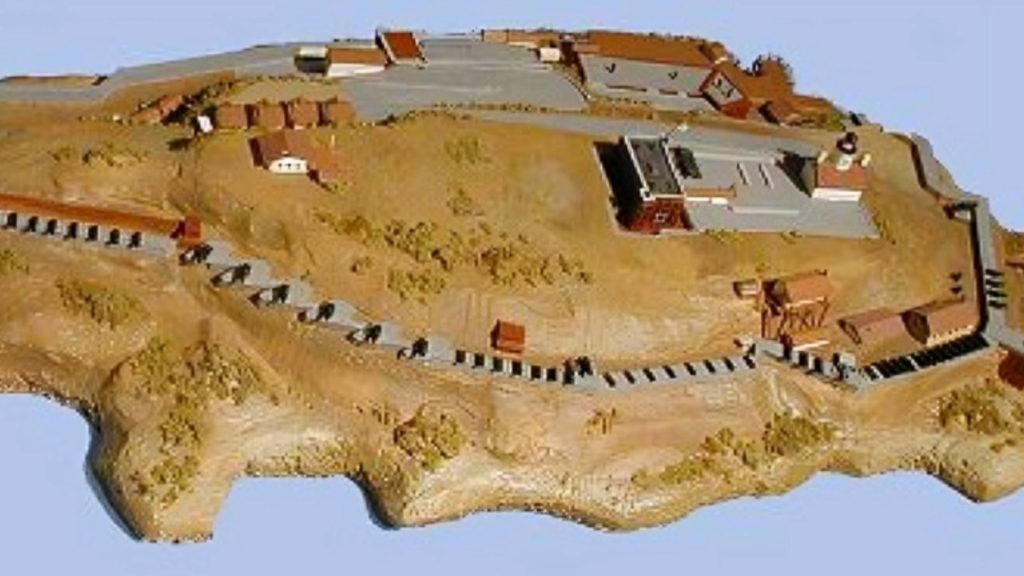
A lighthouse was constructed on the island, along with a citadel. In addition, barracks were built to accommodate 100 soldiers. Soon, it was expanded to house 200 men. Enough food and supplies were stored at the fort to last its occupants for four months, in case Alcatraz was surrounded.
Fort Alcatraz Never Saw Action
During the American Civil War, the Union Army stationed 350 soldiers at Fort Alcatraz. Despite rumors that the Confederates planned an attack on the island, Fort Alcatraz never saw any military action.
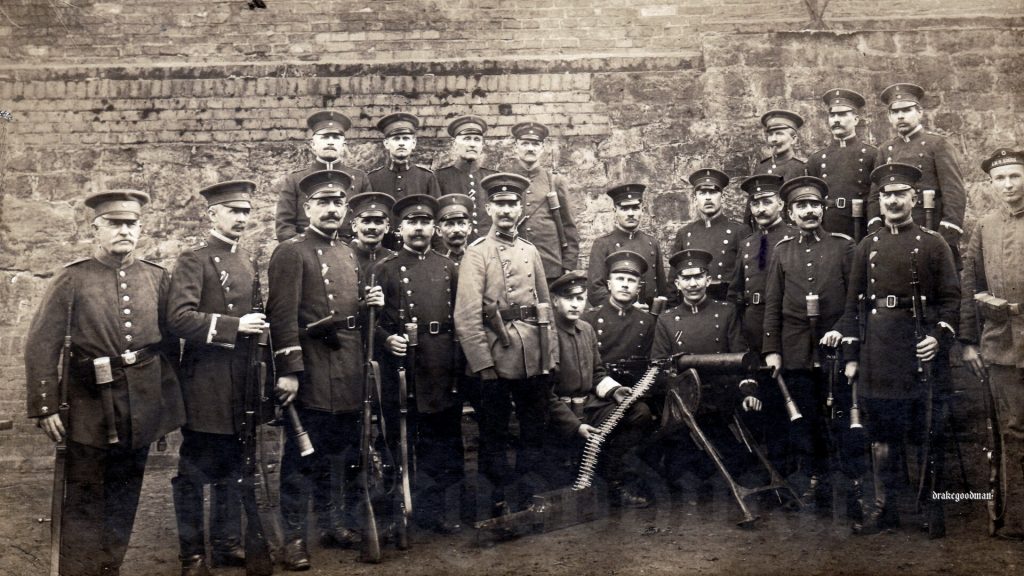
The Civil War, however, marked the first time that prisoners were housed on Alcatraz. Three men were temporarily incarcerated there in 1859. They were soon released, but it gave people an idea. The fortified island with its natural defenses would make an ideal prison.
Prisoners of War
After holding three short-term Civil War inmates, Alcatraz was converted into a jail for prisoners of war during the Spanish-American War of 1898. At its peak, 450 prisoners of war were housed at Alcatraz.

During this period, improvements were made to the fort to convert it into a prison. Blocks of solid, concrete cells were added, along with an exercise yard surrounded by razor wire fencing and armed guards.
The Alcatraz Penitentiary
In 1934, the federal government began using the island as a prison, the Alcatraz Penitentiary. As an island, it was difficult for prisoners to escape from because they had to deal with the cold water and swift currents of the San Francisco Bay.

During its years as a federal prison – from 1934 to 1963 – there were 14 escape attempts. No one is confirmed to have successfully escaped from Alcatraz and made it to the mainland, although three men are unaccounted for.
A Tourist Attraction
After the closure of the Alcatraz Penitentiary, the island became a popular tourist destination. True crime fans loved to visit that jail where Al Capone, Machine Gun Kelly, Whitey Bulger, and the Birdman of Alcatraz spent their days.
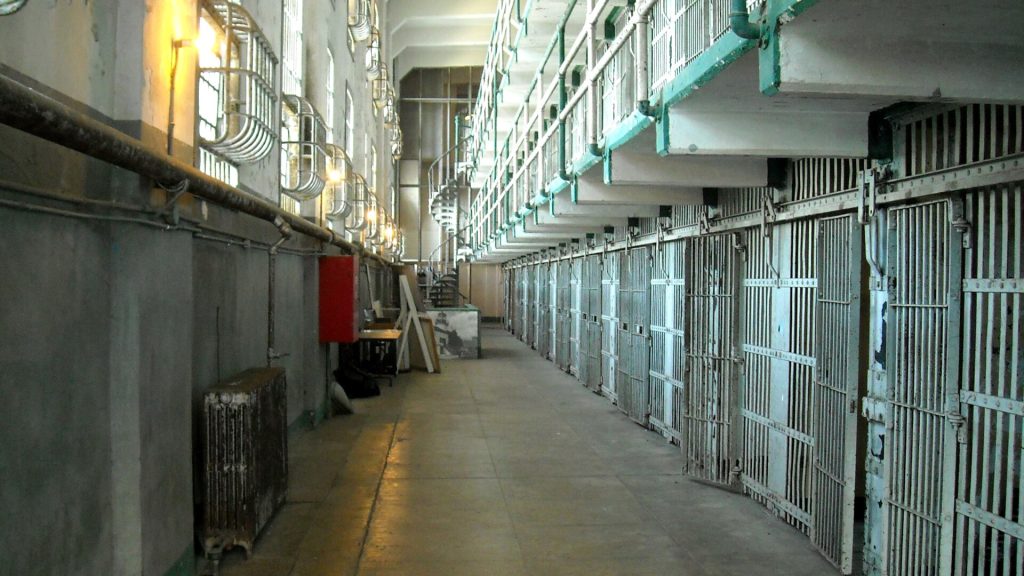
The tour groups that frequent the former prison, however, had no clue what structures lay beneath their feet. That’s why the team of archaeologists wanted to conduct a study of Alcatraz.
Looking Beneath the Concrete
The team of archaeologists from Binghamton University, led by Timothy de Smet, used laser imaging technology to look beneath the thick concrete. This gave them a glimpse of the world under the famous prison without causing any physical damage to the popular attraction.
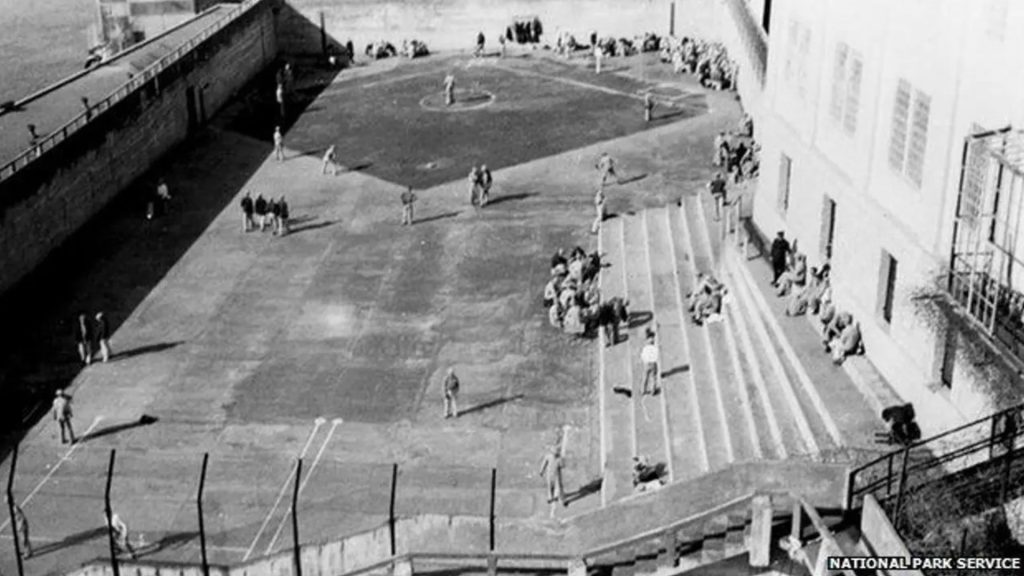
The laser scans of the facility give researchers the chance to view places that they cannot excavate. Since Alcatraz sees a lot of tourist traffic each day, closing it down for a thorough – and potentially destructive – archaeological dig would pose some problems.
What the Researchers Found Under Alcatraz
The laser imaging revealed vestiges of the island’s military past. Many of the structures on which the prison was constructed are still intact and remarkably preserved. Among them is what the archaeologists call “a bombproof earthwork traverse.”
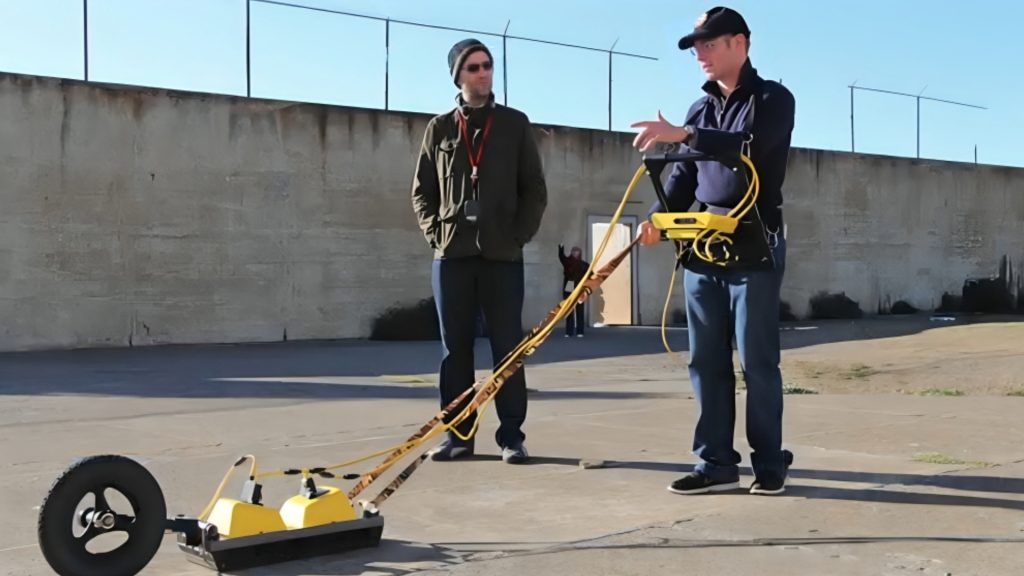
This tunnel structure is still in excellent condition and includes air shafts for ventilation. It was a long-forgotten remnant for Fort Alcatraz that was no longer needed when the facility was converted into a prison.
A New Kind of Archaeological Dig
As De Smet explained, the use of laser imaging represents a new kind of archaeological dig … one that is non-invasive, accurate, and fast.
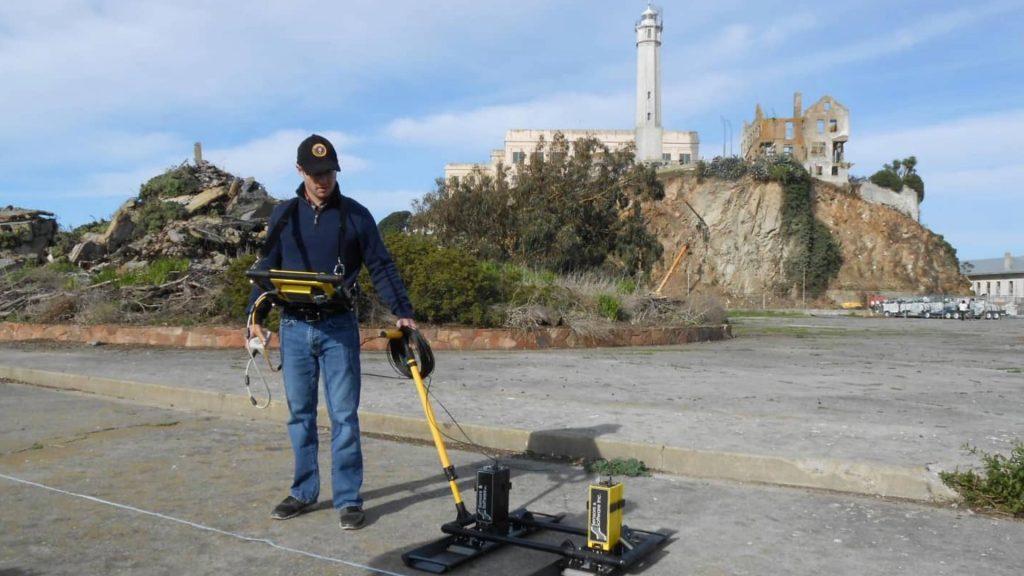
“With modern remote-sensing methods like these, we can answer fundamental archaeological research questions about human behavior, social organization and cultural change through time without costly and destructive excavation,” he added.

